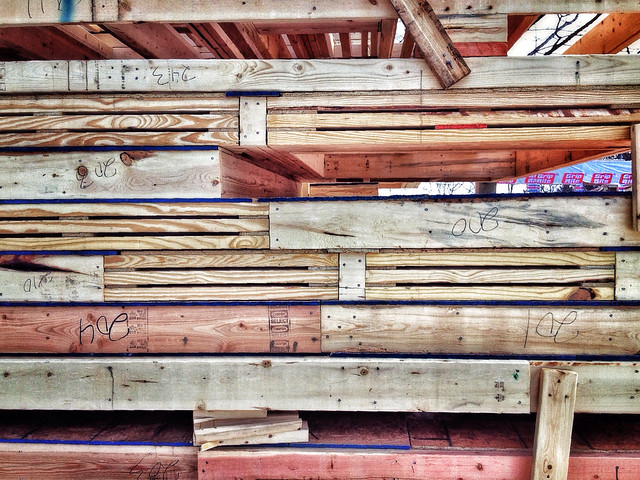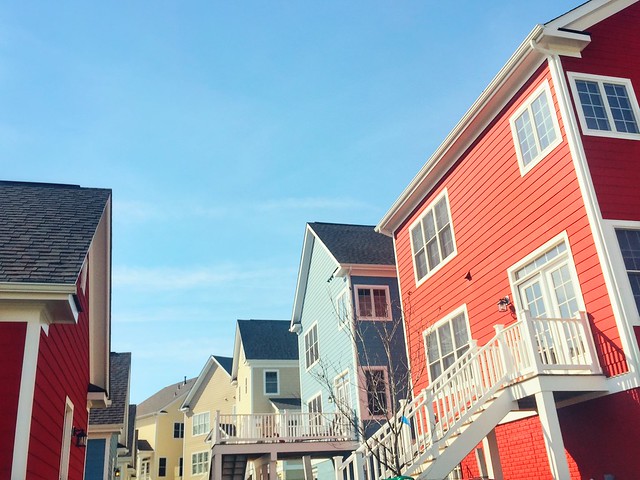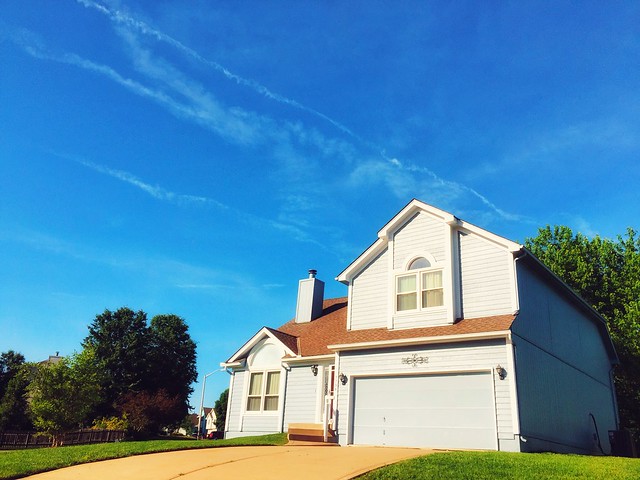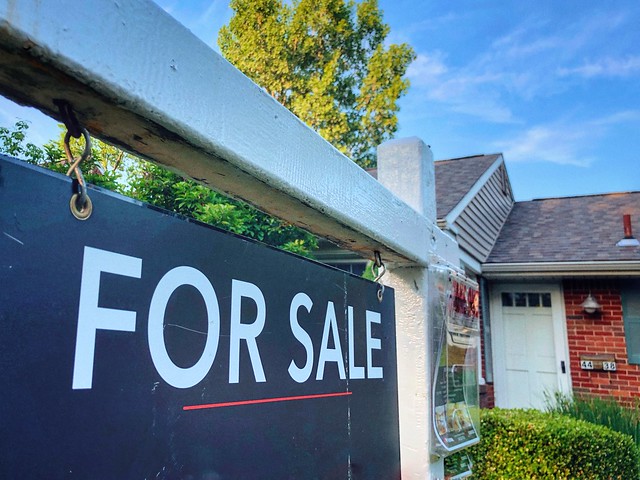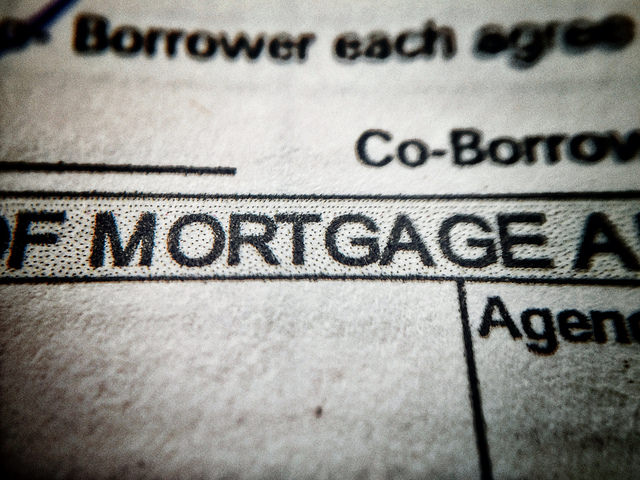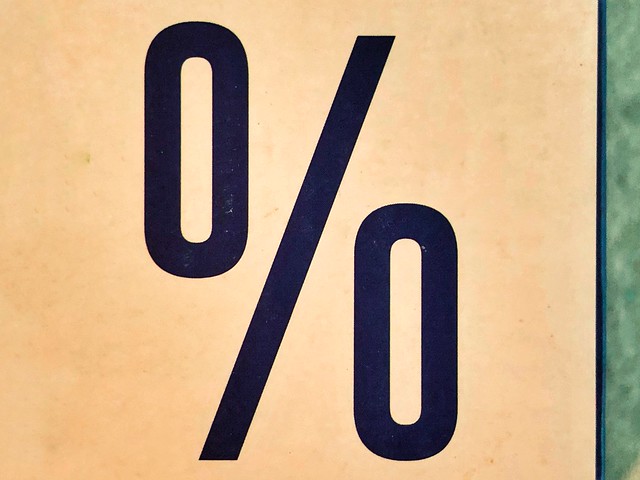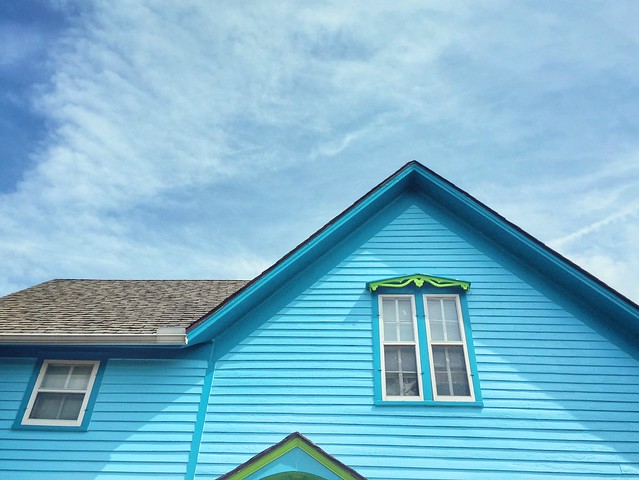New home construction is good for the housing market. When more homes are built, it keeps prices in check and offers buyers more options. Over the past few years, new home construction has ramped up and helped reduce some of the housing market’s inventory problem. It’s also helped reduce price spikes. But the rate of new home construction – and the cost of a new home – depends in part on the price of materials. So how will newly announced tariffs affect the housing market and home prices? Well, according to the National Association of Home Builders, it depends. “While the complexity of these reciprocal tariffs makes it hard to estimate the overall impact on housing, they will undoubtedly raise some construction costs,†NAHB chairman, Buddy Hughes, said in a statement. But while Hughes acknowledged potential increases, he also noted that there is currently an exception for materials imported from Canada and Mexico, like lumber, gypsum, and concrete, which will help reduce the effect. (source)
